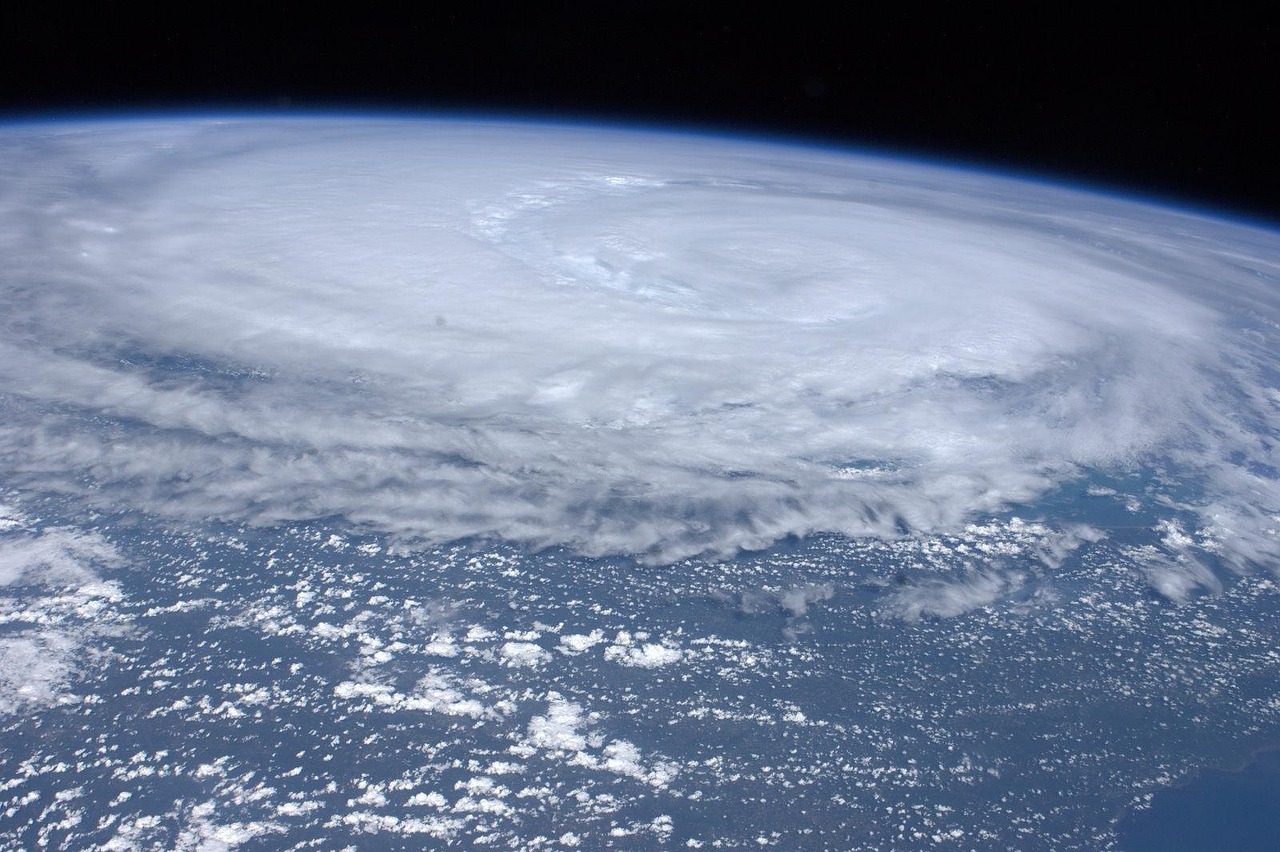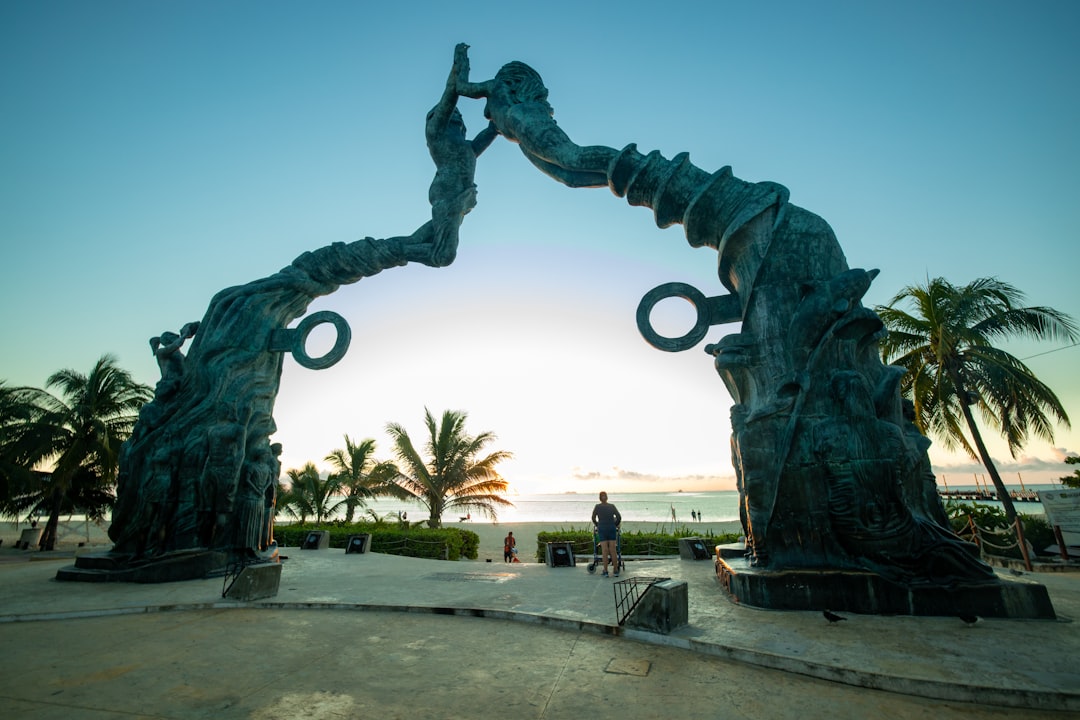Rising Crime Rates Make Travelers Think Twice


It’s hard to ignore the headlines: Cancún, once considered a carefree paradise, has been making news for all the wrong reasons. The National Public Security System of Mexico reported a 25% increase in homicides in Quintana Roo between 2023 and 2024. It’s not just a distant danger—petty theft, scams, and even violent incidents have affected tourists right in the hotel zone. The U.S. Department of State updated its travel advisory in 2024, asking Americans to exercise increased caution in Cancún. Stories of pickpocketing and bag snatching at popular beaches are becoming more common, leaving many travelers uneasy. Even locals speak of a shift—saying the city doesn’t feel as safe as it did even a few years ago. This persistent rise in crime has changed the city’s reputation, making many regulars, including myself, look for safer vacation spots. It’s unsettling to think that a walk on the beach could come with such risks nowadays.
Environmental Damage Is Impossible to Ignore


Cancún’s turquoise waters and vibrant reefs used to be legendary, but the toll of mass tourism is showing. A 2024 Mexican government report found that over half of the area’s coral reefs are now in poor condition. Massive hotel construction, pollution, and boat traffic have all contributed to this decline. Sargassum seaweed, piling up in thick mats along the shore, makes swimming and sunbathing less appealing. The once-clear water sometimes turns murky, disappointing snorkelers and divers who traveled far for the experience. Efforts to restore the reefs are underway, but progress is slow, and the sheer volume of new visitors each year only adds pressure. For people who grew up dreaming of Cancún’s natural beauty, seeing the beaches and reefs struggle is heartbreaking. It’s a reminder that when nature suffers, everyone loses out.
Overcrowding Spoils the Vacation Vibe


In 2023, Cancún welcomed over 10 million tourists, and you can feel it everywhere. Beaches are jam-packed, with barely enough room to lay down a towel. Waiting in line for attractions, restaurants, or even a taxi can take ages. The local infrastructure—roads, public transport, and waste management—struggles to keep up with the constant influx. Sometimes, the crush of people makes it feel more like a festival than a relaxing getaway. Overcrowding isn’t just an inconvenience; it changes the entire atmosphere. Even the most luxurious resorts can’t always shield guests from the noise and chaos. For those searching for peace and quiet, Cancún now feels like a place you need to escape from, not escape to. Many travelers, myself included, have started to crave the slower pace of less-famous seaside towns.
Prices Have Skyrocketed


Cancún is no longer the affordable paradise it once was. According to the Mexican Tourism Board, hotel prices rose by an average of 15% from 2023 to 2024. It’s not just resorts—restaurants, taxis, and even basic souvenirs cost more. Dinner for two at a mid-range restaurant can easily top $100, and even simple bottled water is sold at a premium near tourist areas. Many locals say the price hikes have made it hard for them to enjoy their own city. Tourists on a budget are feeling squeezed, too, and some are cutting their trips short or skipping excursions to save money. With other Mexican destinations offering similar experiences at lower costs, it’s hard to justify Cancún’s ever-increasing price tag. The sense of getting “nickel-and-dimed” at every turn has made many regulars think twice about coming back.
It Feels Less Like Mexico, More Like Anywhere


Cancún’s booming tourism industry has led to a strange side-effect: it can feel like you never left home. International chains dominate the hotel zone, English is spoken everywhere, and the local cuisine is often watered down for tourists. While this can make things easier for first-time visitors, those hoping for a taste of real Mexican culture may leave disappointed. Traditional music, street food, and crafts exist, but they’re often pushed to the margins, overshadowed by flashy clubs and generic souvenir shops. Many people travel to Mexico for the warmth of its people, the flavors of its food, and the richness of its traditions. In Cancún, those things are harder to find, buried under a glossy layer of commercialization. For travelers craving authenticity, it’s an unexpected letdown.
Health and Food Safety Worries Are on the Rise


Reports of foodborne illness have emerged as a real concern in Cancún, with cases of upset stomachs and more serious conditions like salmonella making headlines in 2024. The Centers for Disease Control and Prevention (CDC) continues to caution travelers about drinking tap water or eating foods that might be improperly prepared. Even some high-end resorts have struggled with outbreaks, leading to temporary closures and negative publicity. These incidents have made visitors more cautious, with many sticking only to bottled water and avoiding street food altogether. The worry of falling ill—even on a short trip—has made Cancún less appealing, especially for families or those with sensitive stomachs. For some, the hassle of constant vigilance is enough to look elsewhere for their next holiday.
Hurricane Risk and Unpredictable Weather


Cancún’s tropical climate has always been a draw, but it also comes with real risks. The 2023 hurricane season saw several storms batter the coastline, causing flooding and power outages. Even outside of hurricane season, sudden storms can disrupt plans and close attractions for days. Scientists say climate change is only making these weather events more intense and unpredictable. Some hotels have invested in better infrastructure, but not every property is equipped to handle major storms. Travelers may find themselves stuck indoors or scrambling to change flights when the weather turns. The stress and uncertainty that come with this risk have made many people reconsider whether Cancún is worth it, especially during the popular summer and fall months.
The World Wants More Than Just a Beach


Travel trends in 2025 show a clear shift: people are looking for unique, meaningful experiences rather than just sun and sand. A recent industry survey found that over half of travelers now prioritize eco-friendly destinations and local culture. Cancún, with its focus on all-inclusive resorts and packaged entertainment, doesn’t always meet this demand. The city’s mass-tourism model feels out of step with what many modern travelers want. The rise of eco-tourism, volunteer vacations, and culinary adventures means visitors are heading to places that offer more than just a nice view. Cancún’s inability to adapt quickly to these changing tastes is turning people toward smaller, more authentic Mexican destinations.
Limited Activities Beyond the Beach


Cancún’s main attraction has always been its beaches, but after a few days of sunbathing, many visitors find themselves at a loss for what to do next. There are excursions to nearby ruins and a few theme parks, but options can feel repetitive or overly commercialized. Adventure seekers and culture lovers may tire quickly of the standard hotel-zone offerings. Compared to places like Oaxaca or Chiapas, where you can hike mountains, tour coffee farms, or visit vibrant markets, Cancún’s menu seems thin. This lack of variety has become a common complaint among repeat visitors, who say the city doesn’t offer enough to justify a return trip. For those who want more out of their travels, Cancún is starting to fall short.
Smarter Alternatives Are on the Rise


With all these challenges, it’s no surprise that travelers are exploring other Mexican destinations. Tulum, for example, is drawing crowds with its relaxed vibe and eco-friendly hotels. Playa del Carmen offers a better blend of local culture and modern amenities. Puerto Vallarta and the Riviera Nayarit have become favorites for their scenic beauty and sense of community. These spots are not immune to their own issues, but they often provide a more balanced experience—fewer crowds, more authentic food, and a closer connection to local life. The shift in traveler preferences is clear, and even travel experts are recommending these alternatives over Cancún for 2025 and beyond. For many, these new hotspots deliver everything Cancún used to, but with fewer headaches.





